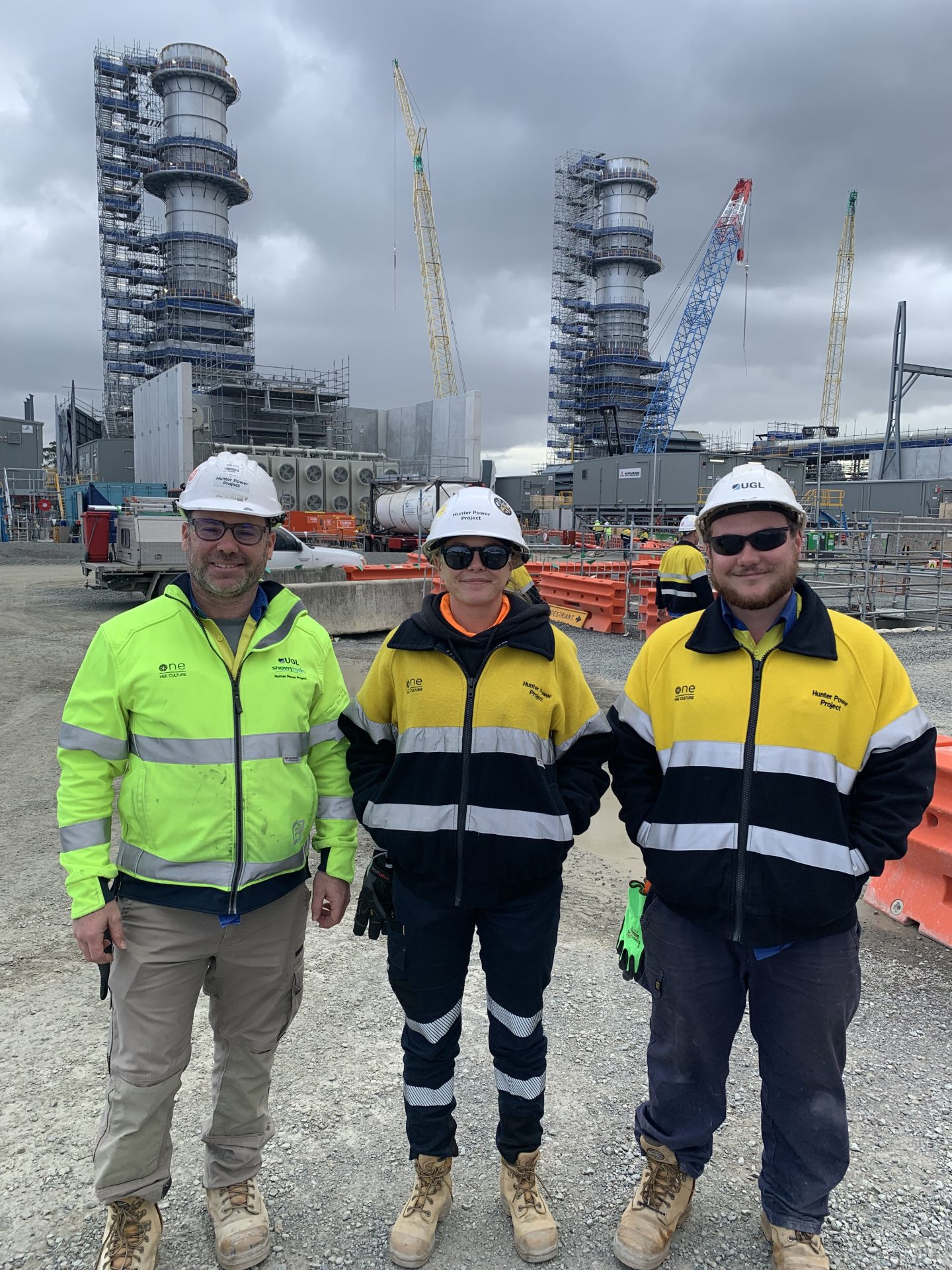Snowy Hydro has kicked off round two of its 2024 Community Grants Program, with more than $200,000 of funding available to help local community groups bring their ideas to life.
With grants of up to $10,000 each, the program aims to support community-led initiatives that encourage growth and resilience in regional communities. Whether related to education, health, regional capacity building, or the environment, this funding is about creating lasting, positive change.
Grants are available for community-led initiatives that align with Snowy Hydro’s community commitment pillars of education and development, health and wellbeing, regional capacity building and environment.
Sarah Norris, Snowy Hydro’s Social Impact and Engagement Manager, said the program is about helping communities thrive, “We believe in the future of our communities and are proud to support projects that create real opportunities and make a difference.
“The passion and creativity we’ve seen from past recipients have been truly inspiring, from grassroots initiatives that bring people together, to innovative programs that address regional challenges.
“It’s more than just funding. It’s about helping people turn their ideas into reality and contributing to a vibrant, resilient future for our region. We’re thrilled to continue this journey with a new round of applicants and can’t wait to see what ideas come through.”
Earlier this year, the first round saw over 80 applications, with $204,000 in funding for 30 worthy projects. From small grassroots efforts to larger initiatives, the Snowy Hydro Community Grants Program is making a real impact across the Snowy Mountains region.
To be eligible, groups must operate within the Snowy Monaro, Snowy Valleys, or Towong areas. They must be a non-profit group or organisation that holds an Australian Business Number (ABN) and can show how their project will address community needs, deliver lasting benefits, and build stronger connections.
Applications are open until 20 October 2024, with results announced in late November. For more details and to apply, visit the Snowy Hydro website and start making a difference today!
All applications must be submitted online via the online form, found on the Snowy Hydro website.
For more information about Snowy Hydro’s Community Grants Program visit: https://www.snowyhydro.com.au/communitygrantsprogram/

